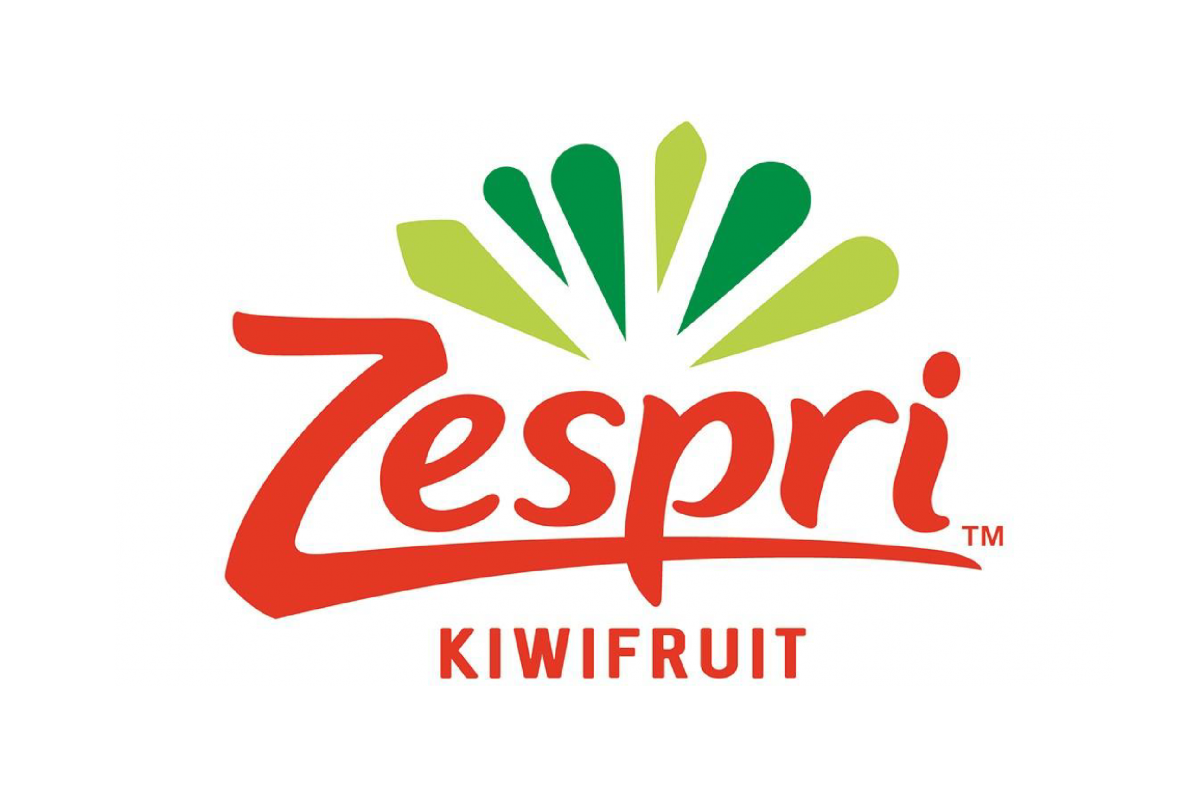PRICES are good and interest rates are low but farmers’ moods are down because the regulatory pressure gives them little hope for the future.
Researchers are furiously searching for more sustainable ways of farming food and fibre but what if there was a whole new sector that could provide a light at the end of the tunnel?
As Kiwis we are all rightly proud of having over 80% of electricity come from renewable energy.
But it’s a statistic that has made us complacent.
If you consider all energy sources in New Zealand – natural gas, oil, coal and other fuels used for industry and transport – we are only 40% renewable.
All that fossil fuel energy is responsible for about 40% of our total greenhouse gas emissions and that’s a discussion that gets lost in the shadow of the agricultural methane debate.
So, what if there are solutions that not only bring down agricultural GHG emissions but in doing so bring down our energy emissions too.
It turns out some of New Zealand’s largest ag-producing competitors have already figured this out.
In California every electricity user pays a levy that goes into a fund to support large, on-farm solar installations. Farms with 1MW of solar installed on about a hectare of panels are not uncommon, providing the farmer and the state with renewable power at a fraction of the capital cost to the farmer.
In Ireland, dairy farmers are incentivised to put solar on their roofs as are farmers across the European Union.
In Germany, Northern Ireland and California bio-digestors are being subsidised to take in slurry and excess food and crop waste to produce biogas that can be further refined into biomethane. It can then be injected into the existing natural gas network.
The opportunity that really shows promise is energy crops for biofuel.
New Zealand has a short, rocky history with biofuel but we are now lagging the world in biofuel development and are one of the few Organisation for Economic Co-operation and Development countries without a minimum biofuel level in our fuel.
The International Energy Agency outlook sees biofuels as the major renewable transport fuel at least until 2050.
And yes, that beats electric vehicles.
Biofuel is already a big user of corn in the United States and of sugar beets in the EU. In New Zealand we have huge potential for energy crops – sugar beet and corn to get us started then tree crops of willow, pine, miscanthus and other high-volume cellulosic crops as technology develops.
So, as a dairy farmer I can picture having an acre of solar panels in an unused corner of the farm. Perhaps complemented with a wind turbine and a pipe or a tanker to take my slurry to the local bio-digester. The nutrients being returned in dry form to spread on my land and 10-20% of my dairy farm in an energy crop rotation that provides animal feed and allows me to economically drop my cow numbers, methane emissions and urine nitrates by the same amount.
And all using technology that is already available.
But the underlying success factor internationally might be hard to swallow here.
It will take more policy and regulation. But this time it would be to the benefit of farming.
The simple truth is fossil fuels will always be the cheaper option.
If we want change then we need the Government to intervene to create the right environment.
Policy makers in the EU and US are still trying to perfect that policy and it requires discussion from many sides but the US Department of Agriculture and Department of Energy are now working together to explore further renewable energy generation opportunities.
And that would be the first step here in New Zealand, a conversation that unites our national energy and agriculture strategies.
Wouldn’t it be great for New Zealanders to see agriculture not as the climate change problem but the climate change solution.

























